Olympus CYF-4 Cystoscope
Introducing the Olympus CYF-4 Cystoscope for sale.
Olympus CYF-4 Cystoscope Features
- Electrosurgical Treatment – the insulated design created using Olympus technology enables electrosurgical compatibility with fiberscopes
- It is very efficient for hemostasis after biopsy, as well as cutting and cauterizing tissue in the urinary bladder
- Larger Channel for Efficient Perfusion with 6 Fr. Instruments – the channel diameter has been enlarged while maintaining the slim scope outer diameter and high optical performance
- Improved Angulation for Easier Procedures in the Ostium Ureteris – An improved design has made observation and treatment around the ostium ureteris and bladder neck even easier
- Ergonomic Design – the CYF-4 has been ergonomically designed to fit easily in your hand
- Angulation can be locked, enabling single-handed control of the instrument while maintaining the same view
- White Marker Lines – insertion length can easily be checked
Olympus CYF-4 Cystoscope Specifications
- Optical System
- Field of View: 120°
- Direction of view: Forward
- Depth of Field: 3 to 50 mm
- Insertion Tube
- Insertion Tube Outer Diameter: 5.2 mm
- Working Length – 380 mm
- Instrument Channel
- Inner Channel Diameter: 2.4 mm
- Bending Section
- Angulation Range: Up 210° | Down 120°
About Cystoscopy
Cystoscopy is procedure of inserting a cystoscope into urethra – the tube that carries urine from bladder to outside the body. Cystoscope uses optical fibers and consists of lenses like telescope or microscope. Cystoscopy reveals tumors, stones or cancer.
In Cystoscopy usually a local anesthetic gel or spray to numb the urethra is used to perform flexible cystoscopy to reduce any discomfort when the cystoscope is inserted into the urethra. A general anesthetic (where you’re asleep), or a spinal anesthetic (epidural) that numbs all feeling below your spine usually is used in rigid cystoscopy. Risks include urinary tract infection, long term bleeding and problems in passing urine in some people.
A cystoscopy can be used to investigate symptoms that involve the urethra or the bladder. You may need to have a cystoscopy to determine the cause of concerns such as:
- Blood in the urine
- Painful urination
- Urinary retention (inability to urinate)
- Recurrent bladder infections
- Frequent urination
- Pelvic pain

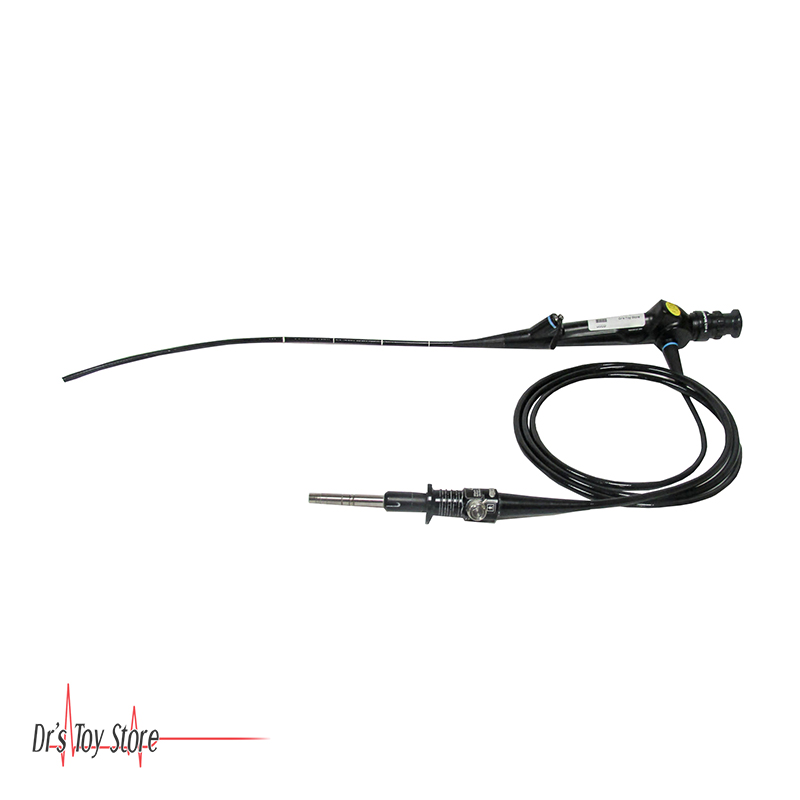
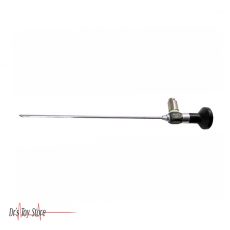
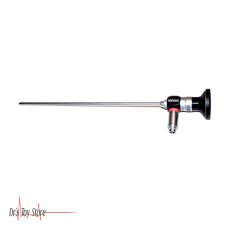
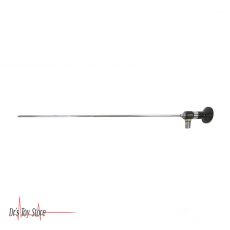
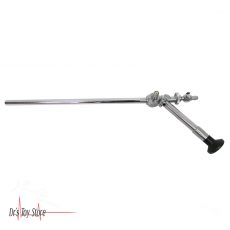
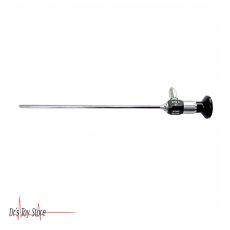

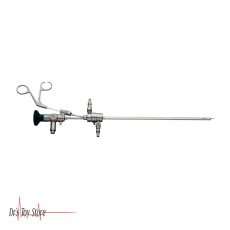
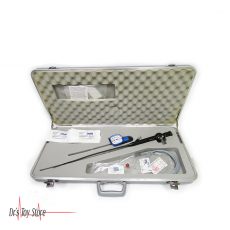
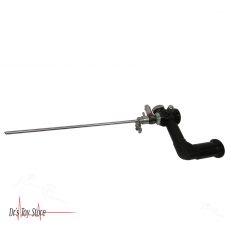

Reviews
There are no reviews yet.